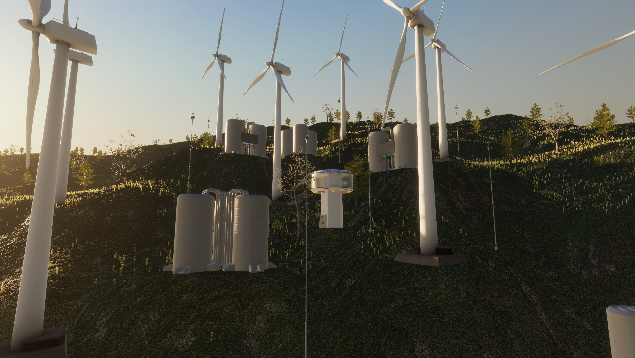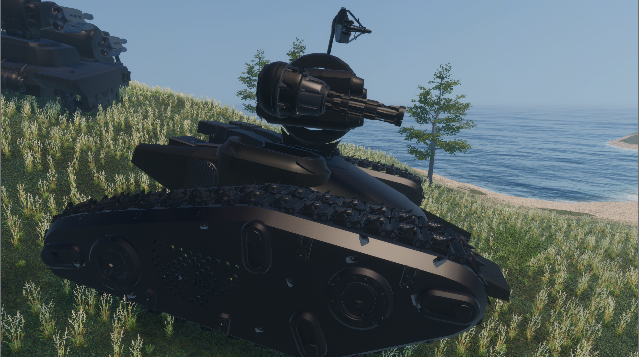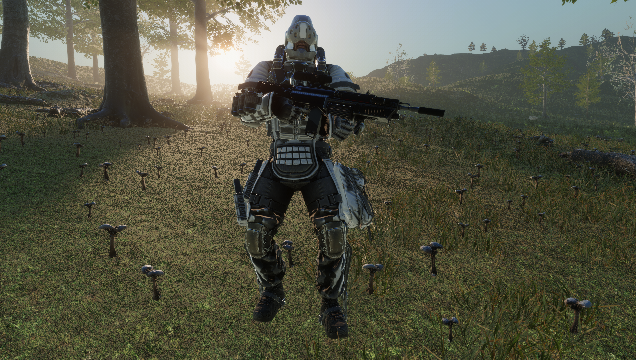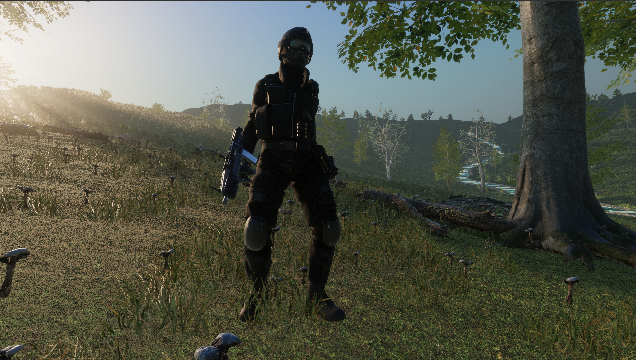APC Boat

As defined in the Entropy Combat Zone Rules of Engagement, all teams shall have access to a regulated set of units and technology. They are able to expend effort researching to futher enhance this technology, again, withing a proscribed set of parameters. These regulations allow for enhanced matching of teams, both with each other, and the magnitude of the dispute being resolved, to ensure there is no conscious or unconcious bias on the outcome.
Unit Class TypesThere are units, weapons, and components available for a wide range of missions, terrains, and coniditions:
More information about the operation and role of the RTN can be found here:
Resource Transport Network (RTN)...Extensive background information on components and weapons technologies can be found here:
Unit Component and Weapons Technology...











The various facilities that can be deployed to support a given mission for the core backbone to the entire Resource Transport Network. They enable everything from command and control connectivity for all planet side units back to the command team in orbit, to primary power generation, to technological research. Installations have a greater number of RTN interfaces than outposts, enabling wider mesh connectivity, and those interfaces have greater range and higher capacity. The careful, strategic placement of your facilities is instrumental in developing a robust and performant RTN to support your campaigns.






Outposts offer a much more diverse range of services to support your campaigns. In addition to providing garrison, servicing, and construction points for all mobile units, they can provide tactical supplementation for defence, power generation, and communications coverage. They typically have a lower number of RTN interfaces, which, in turn, have slightly shorter range and lower capacity than the Installation counterparts. Similarly, their defensive capabilities and power consumptions are proportionally lower.

























